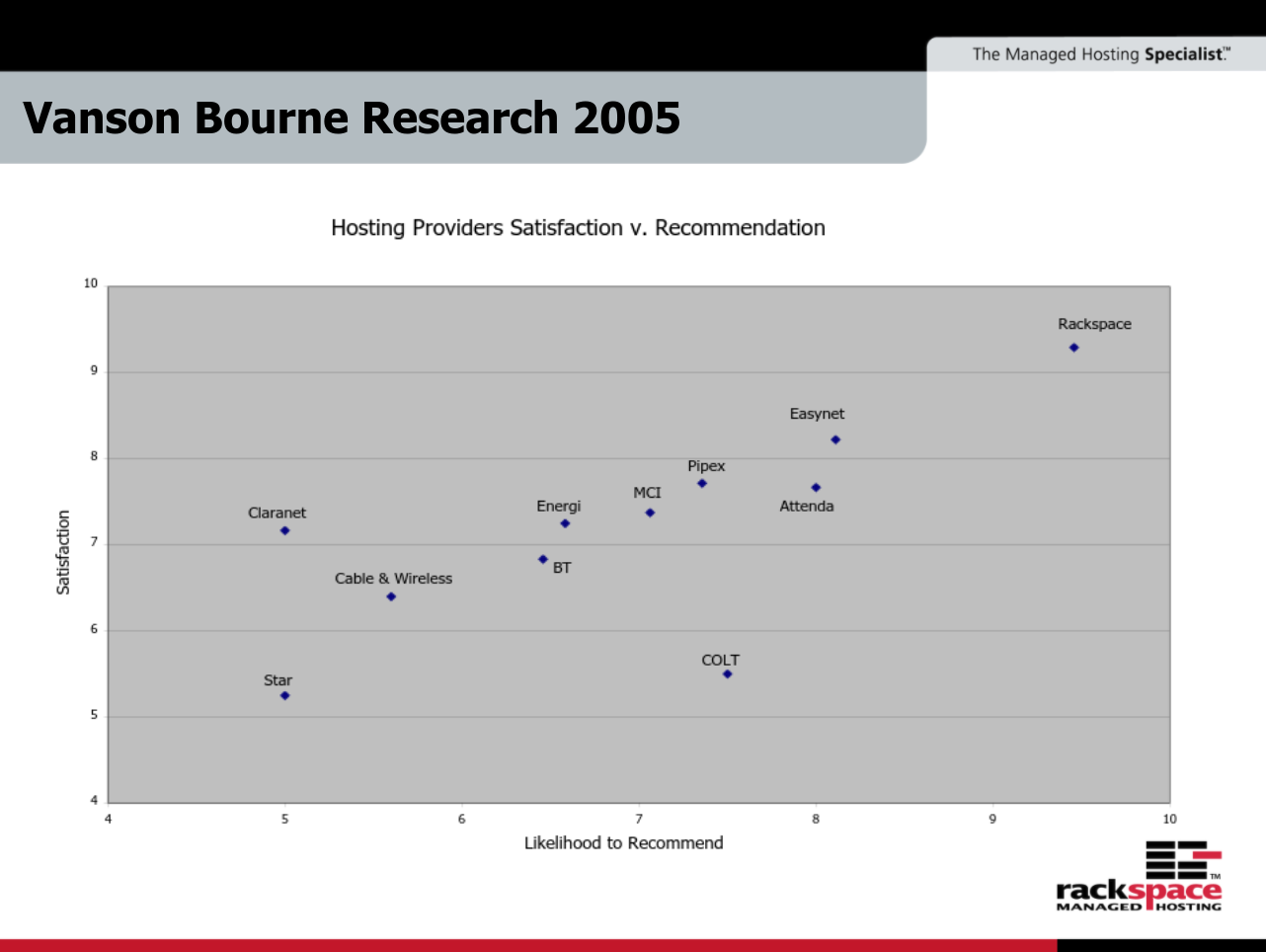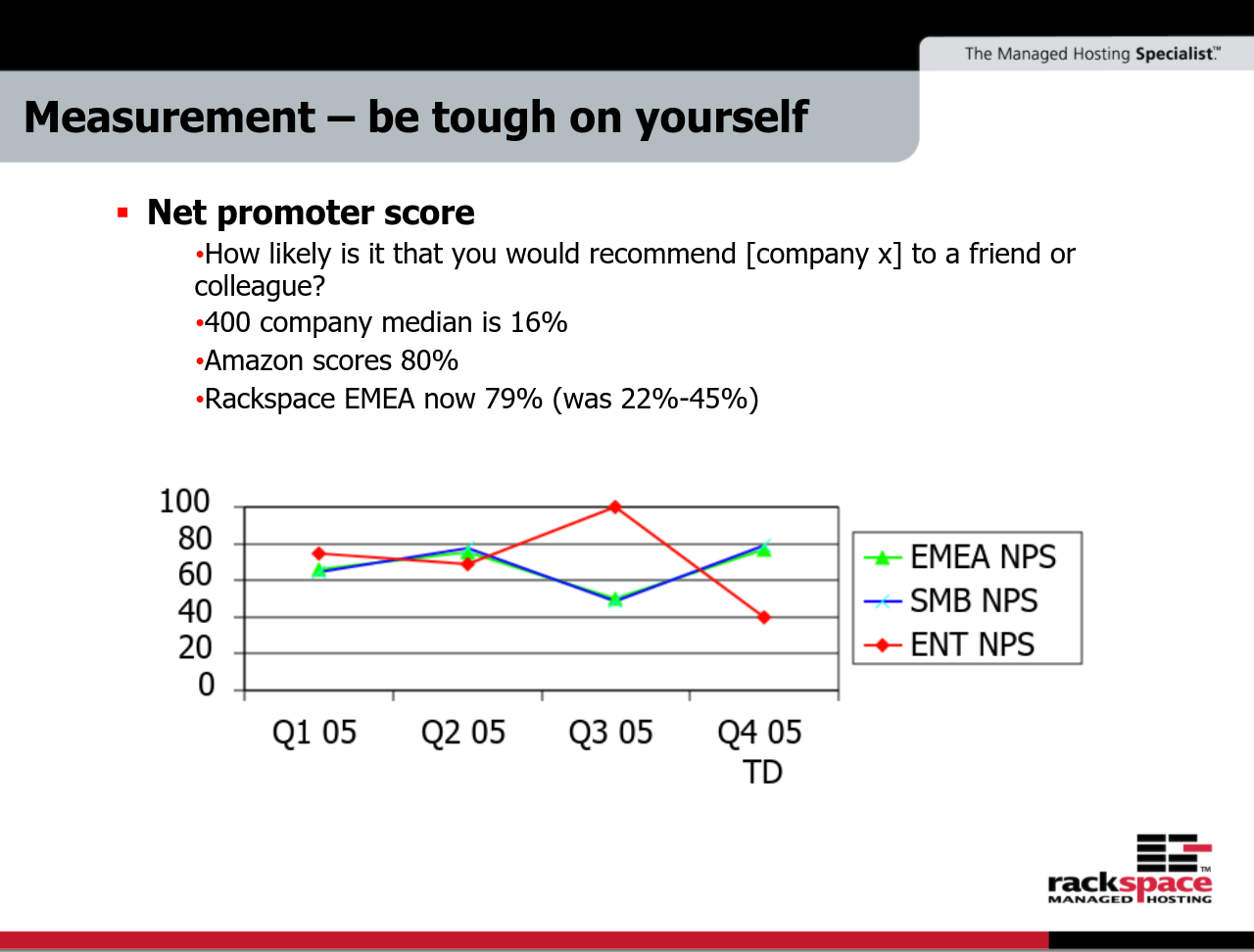Here’s a challenge for you. Tomorrow, ask your staff to describe your company strategy. Could they do this quickly and accurately? If the answer’s yes, congratulations! You’ve nailed one of the Rockefeller Habits, meaning you’re more likely to achieve the growth you crave. If the answer’s no, you’re not alone. Many of the businesses I coach are vague about their direction of travel and this communicates itself to staff.
The eighth Rockefeller Habit is all about getting clear on different parts of your strategy – your BHAG (Big Hairy Audacious Goal), Core Customer, Brand Promises and Elevator Pitch – so that staff understand and buy into them. Let’s explore each of these individually.
What is a BHAG?
There are many acronyms in business, some more useful than others. This happens to be a good one. Trademarked by Jim Collins in the mid-1990s, a BHAG (Big Hairy Audacious Goal) replaces the more traditional five-year plan with a longer-term goal that reaches 10, 15 or even 20 years into the future. So far into the future, that the executive team who create it are unlikely to fulfil it.
At its most powerful, the BHAG is an emotional tool. It should fire people up, inspiring passion, excitement and motivation. Eyes should shine every time you discuss it. The best ones are clear and compelling, requiring very little explanation. When I’m coaching clients to find their BHAG, I prefer not to use numbers or quantitative figures. In 1990, Walmart had a BHAG of $125 billion by the year 2000. This may have excited their shareholders but I couldn’t see it means a lot to their staff.
Instead, find other ways to ignite your company. Maybe look at your competitors. In the 1970s, Honda’s BHAG was ‘We will destroy Yamaha’ and later, Nike’s was ‘Crush Adidas’. Or you could mimic the traits of other successful companies outside of your immediate competition.
This is something we did brilliantly when I was at Rackspace. Originally, our BHAG was ‘To be the leading provider of managed hosting services to businesses, while providing Fanatical Support™ to our customers and generate profits’ – bit boring really! We wanted to make it more emotional. Our aim was to become the IT equivalent of Ritz Carlton or Nordstrom’s. They have an amazing reputation for customer service and we wanted to bring this to our sector. So, our BHAG became “To be recognised as one of the world’s great service companies alongside Ritz Carlton, Lexus and Nordstroms”
Once you have your BHAG, it acts as a North Star for the voyage of your business, providing direction of travel and stretch. As you tack into the wind, you may not always be aiming towards it, but you’ll always know it’s over your port or starboard bar. And you’ll be turning back towards it at some point. Product Development, Customer Selection, Markets, Geography, M & A – all these areas are impacted by the BHAG you choose.
Living your BHAG

At all times, managers and senior execs should be linking what their team are doing to the BHAG. This means every day/week/month and quarter. Rhythm and regularity are what you need here. The more this is done, the more your staff will understand and live it.
At Rackspace, our BHAG around service translated into the purpose of Fanatical SupportTM and an obsession with NPS® (Net Promoter Score). We made sure staff really understood what this meant in practice and that all our actions were congruent with our BHAG. So, to become a great, service-driven company using NPS®, we needed to make sure we weren’t being driven by brand profits. Were there any cases of customers being locked into paying money to us, feeling like they were being gouged? If so, we stopped this.
In our industry at the time, our competitors were in a ‘denial of service’,‘profit maximisation’ mindset. This meant that if their customers had a service credit due, they had to fight hard to get it. Their SLA gave customers 28 days to ring their account manager and raise a credit form. The company would then sit on this for a while and then, if they deemed they had breached a service level, they would eventually give a credit. Their customers were paying for a service that they had to monitor themselves! Being telcos, our competitors saw service as a cost, not a profit centre.

Rackspace was the antithesis. Instead of waiting for the customer to notice they’d had an outage, we proactively rang them to offer a credit. Account Managers could give away up to 2x the monthly recurring fee, even when the customer had no right to be angry with us. Customers were blown away by this. We’d find that a service failure would often lead to more business through higher levels of trust gained from our honest approach. This enabled us to achieve class-leading NPS numbers in the high 70s or 80s. We trusted our staff to do the right thing by our customers, leading us in the direction of travel of our BHAG.

Getting clear on Core Customer
The eighth Rockefeller Habit suggests that all your staff should be able to describe your Core Customer in 25 words or less. That is bloody hard! I find most of my clients really struggle with working this out. Instead of a single Core Customer, they have several. Whittling it down to one profile of customer that’s going to help them achieve their growth trajectory takes effort and focus.
Try not to go too general. Here’s a great example from a client I’ve recently coached through this process. At first, they told me their Core Customer was a CTO of a £250m t/o IT company. I told them demographics were not important here. Instead, they needed to work more deeply on the identity and motivations of their Core Customer. They gave him a name, ‘Andrew’. Andrew is a CIO, and he’s new. He wants to make his mark and is an agent of change in his organisation. So, he’s looking for a new supplier to be his partner for this change.
Then I asked this client, ‘How do you want Andrew to feel when he signs a contract with you.’ They opted for, ‘Supported, safe and smart’. Great – now they could start to really understand who they were targeting and the pain they were taking away.
The key thing was that Andrew has the potential for maximum profit. By making him their Core Customer, and not the 250 other customers they have, they know that they can grow. Andrew has the potential to buy three of their five products. He’s also likely to be a promoter – on NPS®, he could give them a score of 9 or 10. He wants a consultative sales process and that makes him the perfect customer. Having defined his profile, my client now needs to go out and find 25 more Andrews next year.
Another great example is Boden. I heard their presentation when we were competing in the Management Today Service Excellence Awards. Boden had realised that its menswear, ladieswear and kidswear had diverged because their Core Customer profile of husband, wife and children were no longer in the same family. The pillars of their business were out of sync. So, they worked on creating the identity of a new family as their Core Customer – the Richmonds they were called from memory. Mr and Mrs Richmond and their two kids drove a Volvo, lived in London and had a cottage in the Cotswolds. If any of the new Boden lines would not be worn by this family, they didn’t go in the catalogue.
I love this approach. It’s so clear and unambiguous. In a typical company, you’ll constantly have staff saying, ‘We should do this.’ ‘We should do that’. But if they truly understand their Core Customer, they’ll know that their suggestion is wrong or they may not even make it in the first place. Otherwise, you’re in danger of building the wrong product at the wrong price and doing the wrong thing by the customer. This had happened at Peer 1, just as I arrived. We launched a hosted exchange product that we couldn’t sell at the right price. We had $6 of cost per mailbox and so couldn’t sell at the $5 per mailbox needed in our market.
If you’re using NPS®, you need to make sure your score is higher for your Core Customer than any of your competitors. This is about being different. You’re not trying to be brilliant for every customer or the biggest or the best. You’ve identified attributes for your business that you know your Core Customer values and by delivering these, you’ll win. In market segments where customers are won from a competitor, having a higher NPS® than the incumbent will account for 95% of the customer movement.
Getting staff buy-in for brand promises

Do you have brand promises? They can be incredibly useful at keeping staff in step with your purpose and values. To work, they need corresponding KPIs (Key Performance Indicators) that track and measure their delivery.
At Rackspace, we had 1. ‘Zero downtime network’ 2. ‘Answer the phone in 3 rings or less’ and 3. ‘Fix your hardware in under 4 hours’. If we failed to deliver on any of these promises, it cost us money. This was at the core of offering an SLA with teeth. The KPIs measured how long it took to repair hardware, the length of network outages, our average call pickup time etc. And when we launched an upmarket brand in 2004 (Intensive), we designed a more proactive IT support offering, saying if we breached any of our promises, we would proactively payout. Even before our customers had time to complain.
Writing for the Harvard Business Review, Jim Collins refers to the power of these ‘catalytic mechanisms’. The organisation has to create pain for itself so that when it fails, it costs money. It forces the whole company to come together and shows that failure is expensive. When a promise is breached in your company, make it public along with how much it cost so it becomes common knowledge. Get managers to make this part of their weekly reporting in team meetings as well as sharing the news with customers. This is how they’ll know your skin is in the game.
Elevator pitch or elevator question?
The final part of the eighth Rockefeller Habit talks about your company’s elevator pitch. It says every one of your staff should be able to give a compelling response to the question, ‘What does your company do?’
This really does link back to your Core Customer. If you’ve got a good picture of who they are, your staff should understand their needs and have total confidence that your company can solve these better than anyone else in the world. But a traditional elevator pitch is a bit ‘me, me, me’. I prefer to focus more on the customer and what they need.
Back to my client whose Core Customer is Andrew. I suggested they came up with a question they could ask him, specifically. To which they already knew the answer. Their question was, ‘Do you think your company’s strategy can be supported by today’s technology stack?’ The answer is always going to be ‘no’. By taking this approach, they’re creating an opportunity for their Core Customer, Andrew, to really care about their pitch.
I was talking to someone the other day who’d created a question for a coaching company. They had 18 things that they said they were amazing at. But the thing that made the biggest difference to their sales was when they asked customers, ‘Do you believe that your company is limited by the growth of your CEO?’ When the answer was ‘yes’ it left a gap into which this coaching organisation could step.
Complete clarity over BHAG, Core Customer and Brand Promises is essential before you begin reinforcing these with your staff. Spend time working them out and then take every opportunity to embed them in your business. Make them part of your natural rhythm and it won’t be long before everyone ‘gets’ them. You’ll find they bring consistency across every part of your organisation, making it possible to take fast decisions and ensuring everyone stays on track.
Written by business coach and leadership coaching expert Dominic Monkhouse. You can order your free copy of his book, Mind Your F**king Business here.

